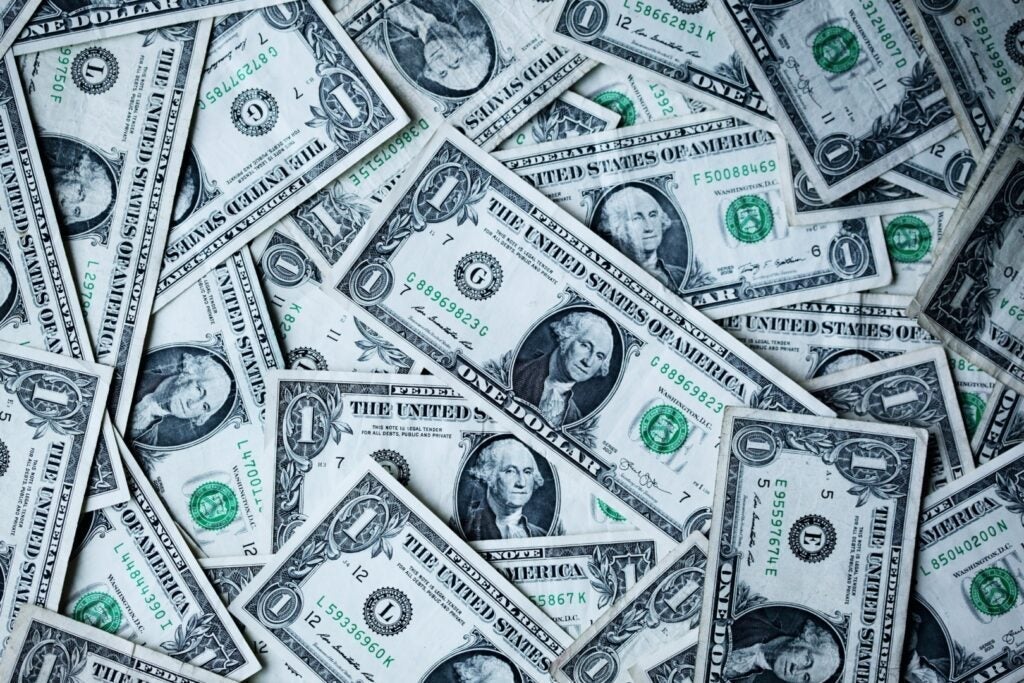The slew of weak data has increased the odds of a deeper cut by the Federal Reserve at the September meeting, weighing down on the dollar. Against the backdrop, economist Peter Schiff flagged the eerie possibility of the return of the yen-carry unwinding.
What Happened: The U.S. dollar fell below the 142 handle against the yen for the first time in 2024, observed Schiff in a post on X, formerly Twitter. The next support level for the pair is around 128, a 20% drop from the June high, he said.
“This will result in significant pressure to unwind the yen carry trade, which is bearish for long-term Treasuries and risk assets,” he added.
See Also: Best Value Stocks
Why It’s Important: Even as the Fed led by Jerome Powell is moving closer to beginning monetary policy normalization, the Bank of Japan, which has maintained an ultra-loose monetary policy for a fairly long time, has taken a divergent route. Since March 19, when Japan's central bank announced its first rate hike in about 17 years, the yen has appreciated 6.5% against the dollar.
The Bank of Japan followed up with an increment to its key interest in late July to around 0.25%.
The yen-carry trade, a popular strategy of borrowing yen at very low interest rates and using the capital to purchase investments denominated in another currency in a country that has a higher rate of return, unraveled amid the strengthening of the yen. This resulted in the global market crash of Aug. 5, when Japan’s Nikkei 225 fell a whopping 12.4%. The sell-off proved contagious, reverberating across the global markets.
The S&P 500 Index, which peaked in late July, slumped 3% but has since then recovered.
At last check, the yen traded at 141.47 against the dollar, but off the highs of 140.72 reached on Tuesday.
The Invesco DB US Dollar Index Bullish Fund UUP ended Tuesday’s session up 0.04% at $28.31, according to Benzinga Pro data.
Read Next:
Photo by Sharon McCutcheon on Unsplash
© 2024 Benzinga.com. Benzinga does not provide investment advice. All rights reserved.








